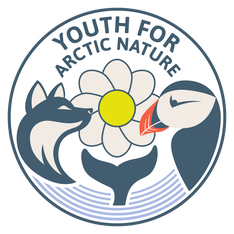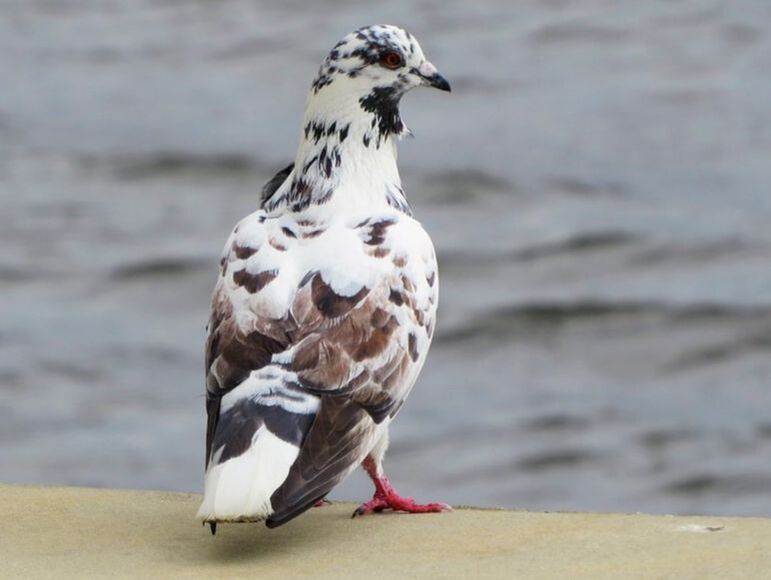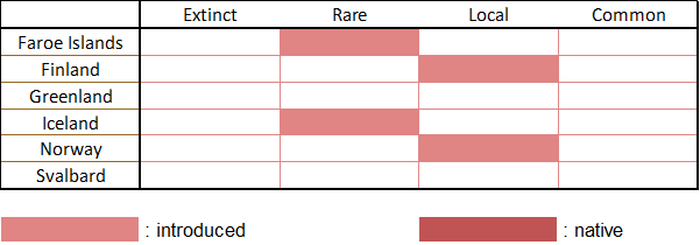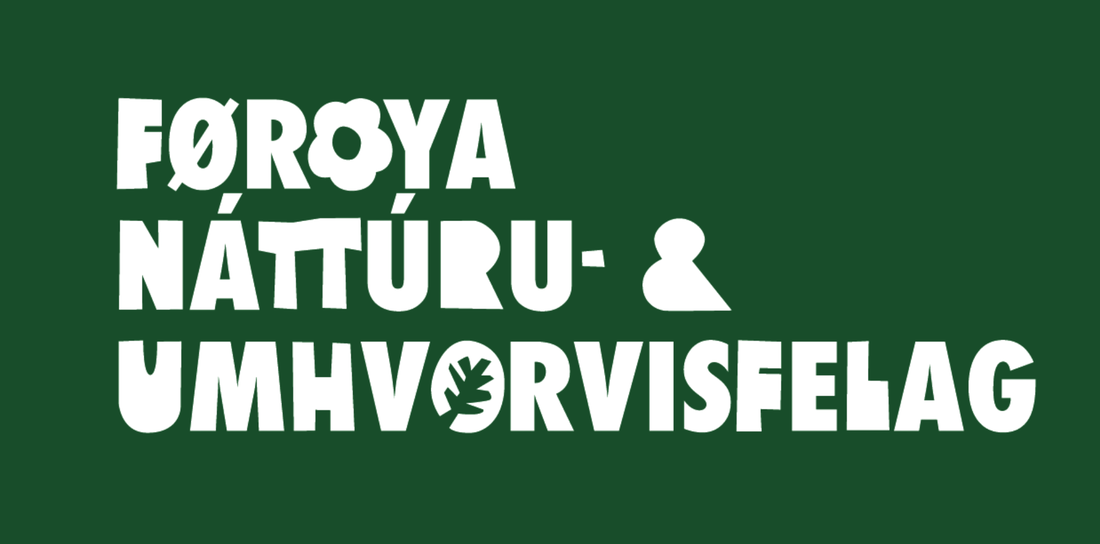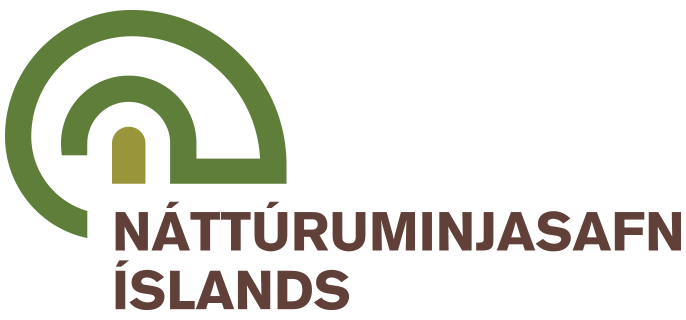|
Vulnerability: least concern Invasive: yes Identification: easy Monitoring: difficult |
|
What is it? The rock pigeon is medium-sized, with a length of 29cm to 37cm, a wingspan of 62cm to 72cm, for a weight of 238g to 380g. However, these average measurements depend on the subspecies. The European wild rock pigeon is grey with black bars on the wings and black tail feathers. Its neck has an iridescent purple-green shine which is characteristic. Domestic and feral pigeons may be any combination of grey, brown, white, and black, like the individual shown here. There is no difference between males and females. |
|
Where is it? The rock pigeon is native to North Africa, the Middle East, southern Europe and south-westen India. Within this area, a dozen indigenous and wild subspecies are known. However, the feral domestic pigeon Columba livia domestica is the subspecies that has colonized every continent except the Antarctic. The domestic rock pigeon is one of the most common bird species on Earth. In the East Atlantic Arctic, it is this subspecies that is found, as it not native to such northern latitudes. There, it can usually only survive in towns and cities. It breeds in coastal Norway and the Faroe Islands, A few pairs breed around farms in Iceland.
|
|
Interesting facts |
- There are about 10,000 breeds of domestic pigeons, all descending from the wild rock pigeon. It is the oldest domesticated bird, with the oldest known evidence dating domestication as far back as 10,000 years ago. They have even served in wars as messengers, and some pigeons have received medals.
- Feral pigeons as usually considered as pests because of the waste they produce, and the diseases they can carry. However, there are certain ecosystem where they have become important prey item as part of the local food web.
- Interestingly, there are so many feral pigeons that the population of wild rock pigeons is actually decreasing. This is due because to interbreeding with the feral population. It is actually possible that the "wild" type of rock pigeon may be already extinct.
Pictures
- Cover picture: "Rock Pigeon Columba livia.jpg" by Muhammad Mahdi Karim is licensed under GFDL 1.2
- Presentation picture: "Rock Pigeon" by YoungSue is marked with CC PDM 1.0
References
- BirdLife International (2021) Species factsheet: Columba livia. Downloaded from http://www.birdlife.org on 07/12/2021
- Blechman, Andrew (2007). Pigeons-The fascinating saga of the world's most revered and reviled bird. St Lucia, Queensland: University of Queensland Press. ISBN 978-0-7022-3641-9.
- Capoccia, Stella; Boyle, Callie; Darnell, Tedd (2018). "Loved or loathed, feral pigeons as subjects in ecological and social research". Journal of Urban Ecology. 4 (1). doi:10.1093/jue/juy024. Retrieved 7 December 2021.
- Gibbs, David; Eustace Barnes; John Cox (2010-06-30). Pigeons and Doves: A Guide to the Pigeons and Doves of the World. United Kingdom: Pica Press. ISBN 978-1-873403-60-0.
- Gilbert, Thomas (2014). Smith, Claire (ed.). Pigeons, Domestication of. Encyclopedia of Global Archaeology. New York, NY: Springer New York. doi:10.1007/978-1-4419-0465-2. ISBN 978-1-4419-0426-3.
